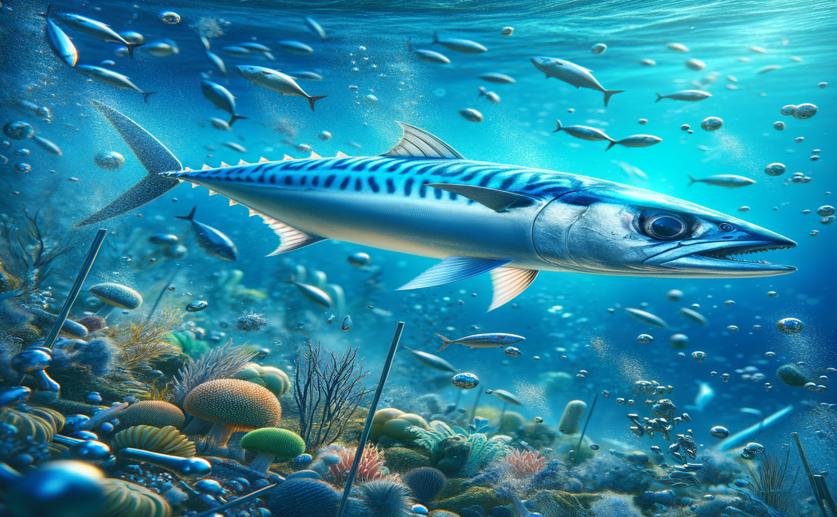
Environmental Factors Affecting Metal Levels in Atlantic Mackerel
Greg Howard
15th June, 2024

Image Source: Natural Science News, 2024
Key Findings
- The study analyzed heavy metal concentrations in mackerel around the Canary Islands
- Fish from Tenerife and Gran Canaria had higher levels of aluminum, cadmium, and lead
- Fish from Lanzarote and Fuerteventura had higher levels of zinc, iron, and copper
EnvironmentEcologyMarine Biology
References
Main Study
1) Environmental Factors Influencing Metal Concentrations in Scomber colias Along the Canary Islands
Published 14th June, 2024
https://doi.org/10.1007/s12011-024-04250-0
Related Studies
2) Differentiating littering, urban runoff and marine transport as sources of marine debris in coastal and estuarine environments.
3) Impact of natural events on metal bioaccumulation in Anemonia sulcata.
4) The influence of urban density and drainage infrastructure on the concentrations and loads of pollutants in small streams.
Journal: Environmental management, Issue: Vol 34, Issue 1, Jul 2004
5) Heavy metals: Implications associated to fish consumption.



 4th June, 2024 | Greg Howard
4th June, 2024 | Greg Howard